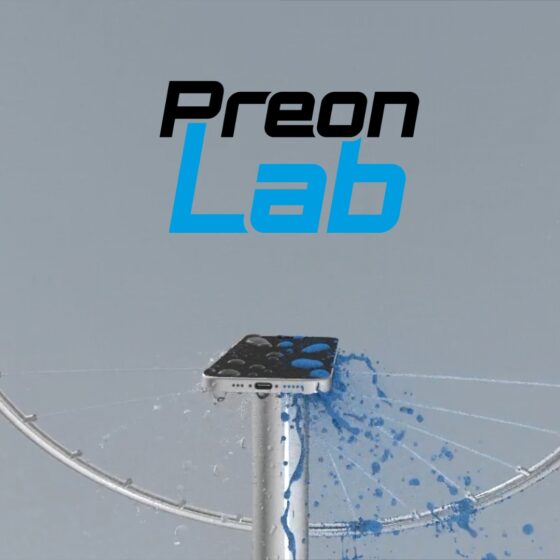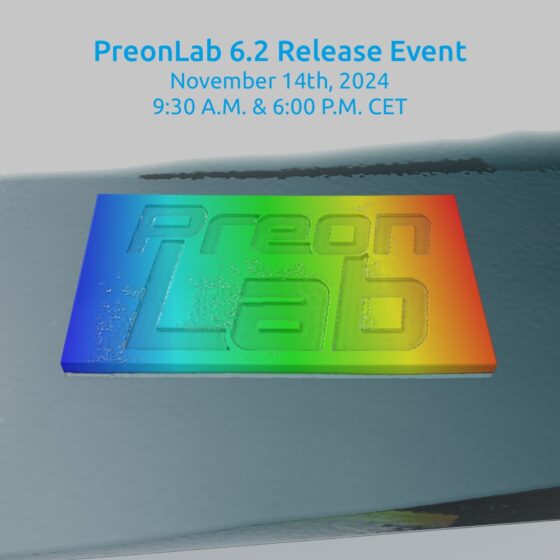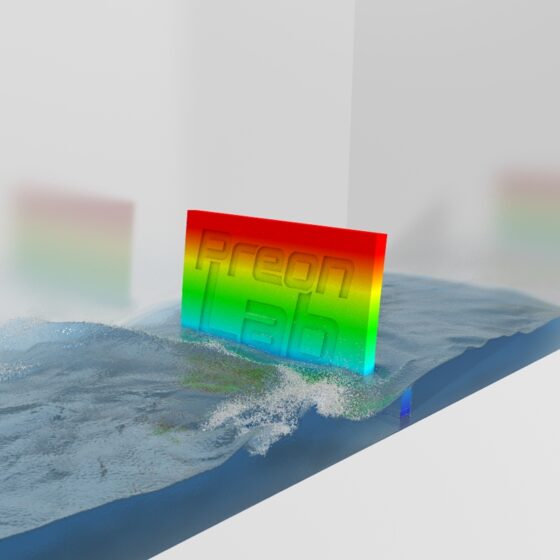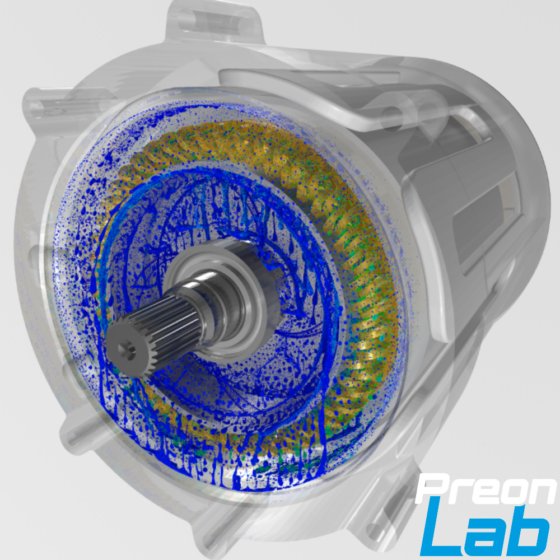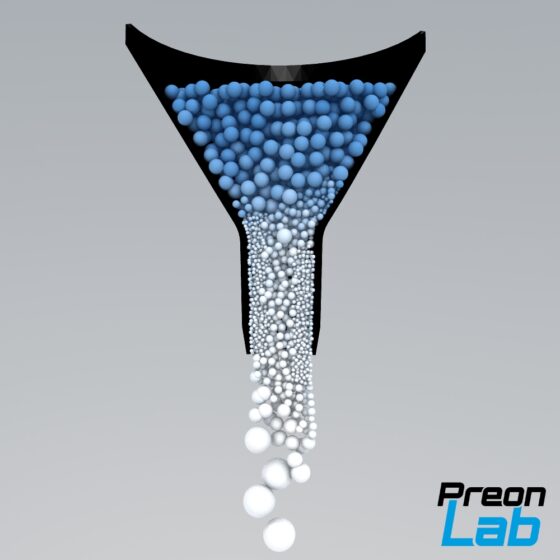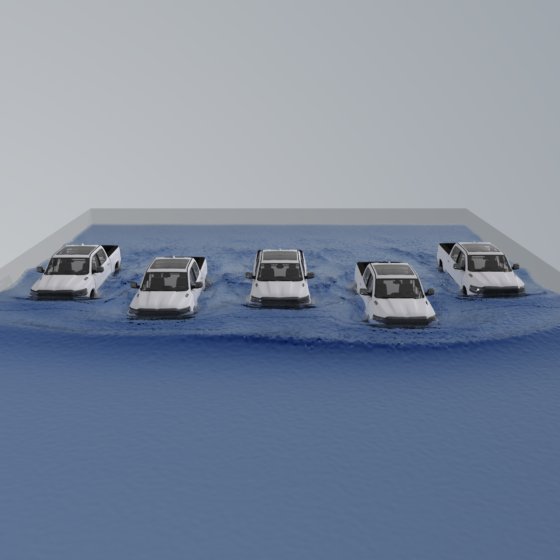We’re pleased to announce the release of PreonLab 7.0. This update marks a significant step forward, expanding capabilities across key areas like thermal analysis, vehicle dynamics, transmissions, multiphase flows, visualization, and overall usability. Several of these features have been in development for quite a long time, resulting in substantial improvements that enhance accuracy, efficiency, and integration into our long-term vision of developing the ultimate simulation tool. We look forward to seeing how they support your work. Read on for a breakdown of the highlights.
Higher-order Thermal Solver: The higher-order solver unites the strengths of Smoothed Particle Hydrodynamics and the Moving Least Squares method, delivering high-accuracy results near boundaries. While our previous solver provided a solid foundation, it sometimes lacked accuracy in boundary regions critical for thermal applications. The higher-order thermal solver introduces a method that delivers precise, boundary-accurate results, directly addressing long-standing feedback from users. This enhances our thermal capabilities to meet industry-standard requirements, marking a pivotal milestone toward the market-leading particle-based solver for thermal applications.
Extensions to the Full Car Suspension Model (FCSM): PreonLab 7.0 also brings powerful enhancements to the FCSM framework. These upgrades ensure better wheel-ground interactions and provide improved stability under extreme conditions. It will be possible to perform simulations that include wheel detachment from the road, unlocking simulations for amphibious vehicles and emergency sinking scenarios. Additionally, vehicle motion now accounts for road slope, fluid interaction, and traction loss, enabling realistic responses to external forces. New distance-based mapping allows velocity profiles to follow the vehicle’s traveled path instead of time. New response limits constrain acceleration to physically plausible bounds, while a PID-based driver model adds configurable gains and reaction time for realistic driver behavior.
Enhancements for Transmission Applications: In the context of transmission applications, this latest release introduces smart new features that aim to enhance numerical stability and phase distribution for some of the more challenging simulation cases. These include:
Particle Shifting, an advanced new algorithm that reduces numerical noise by moving particles to a better integration position along their physical trajectory.
Wall Confinement Handling, for improved handling of particles that can get trapped between two solid surfaces like in the meshing area between the teeth of two gears. We have also observed so far, that these features can help to minimize particle leakage issues, which can sometimes occur in very challenging simulation cases.
Finally, a new maximum velocity constraint, that allows the user to manage maximum velocity outliers in the simulation, to improve overall simulation stability as well as the phase distribution via better handling of the air velocity field.
Other Notable Additions: The on-going expansion of the entire feature set to our Particle Engine platform sees further benefits for performance and memory-optimization for MPI and multi-GPU simulation. Additional highlights include the exciting possibility to simulate snow in combination with fluids and elastic materials in a single setup, upgrades to Calculation Objects, and enhanced usability features such as 3D mouse support, to give users more flexibility and control during simulation set up and analysis. To top it off, a new experimental pressure boundary condition unlocks additional simulation possibilities by allowing users to specify known pressures at inlets or outlets.
Of course, that is not all. Be sure to check out the changelog for a comprehensive list of all the updates and new features that make 7.0 a major milestone in the development of PreonLab!
Make sure to follow us on LinkedIn so that you don’t miss new videos, case studies and updates!




